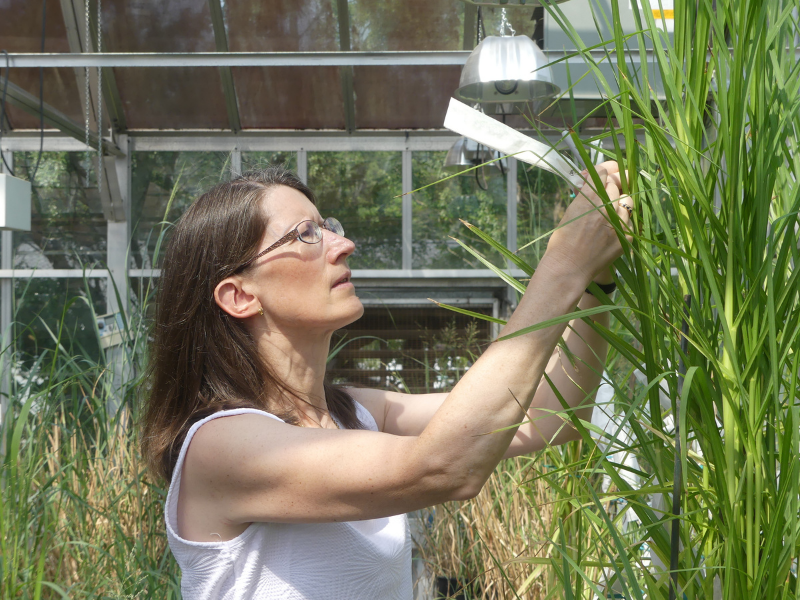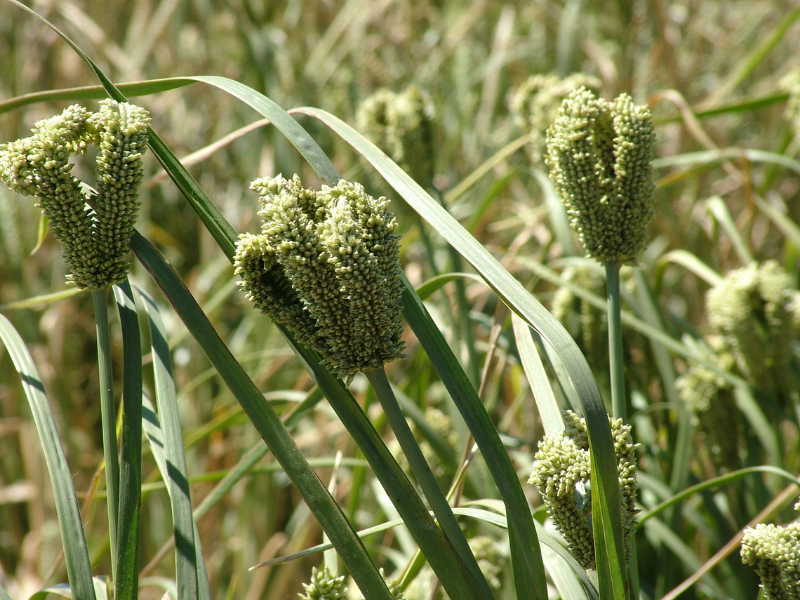Science News
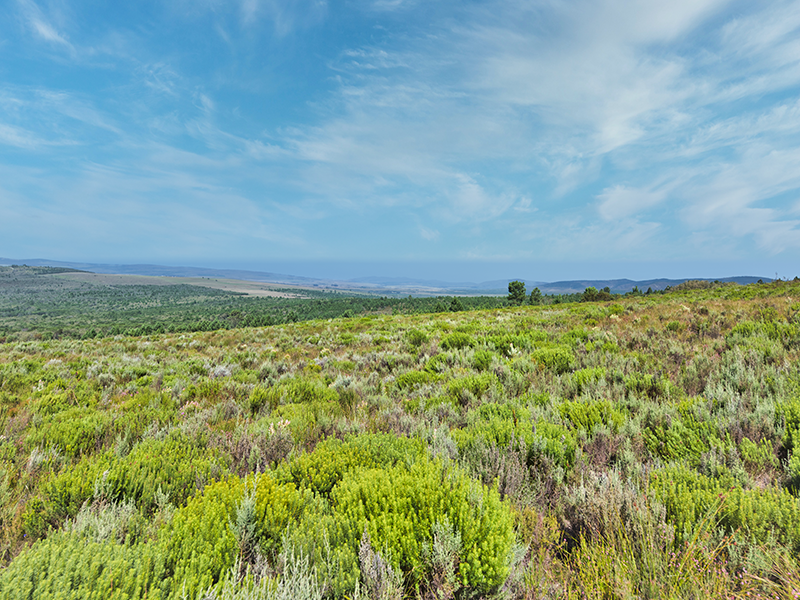
Considered to be the most widely consumed drink in the world, tea comes in many varieties. One of these includes honeybush tea, which is made from the leaves of the honeybush plant. It has a honey-like flavor and aroma. Although it is a less well-known variety than its more famous cousin – rooibos – honeybush tea is naturally low in sugar, caffeine-free, and has several other potential health benefits.
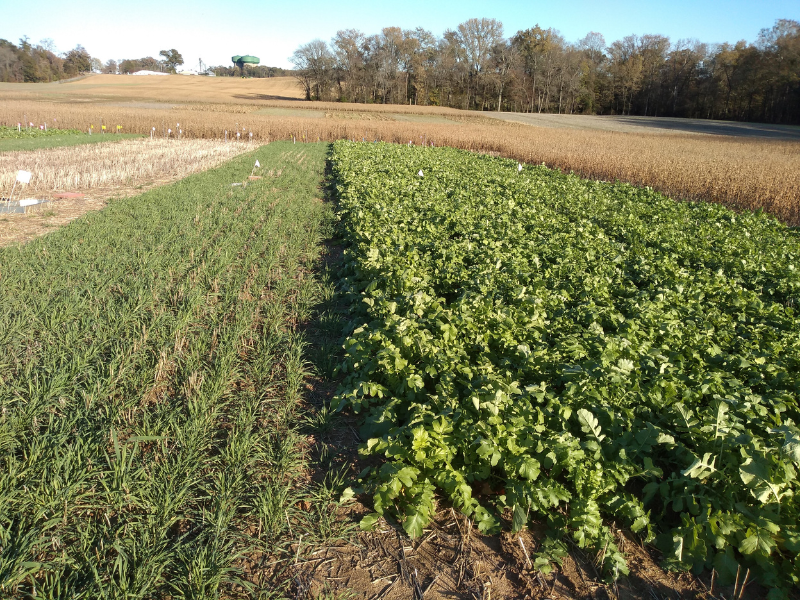
The Chesapeake Bay once produced tens of millions of bushels of oysters a year. Today, the oyster harvest is below one percent of these historic highs.
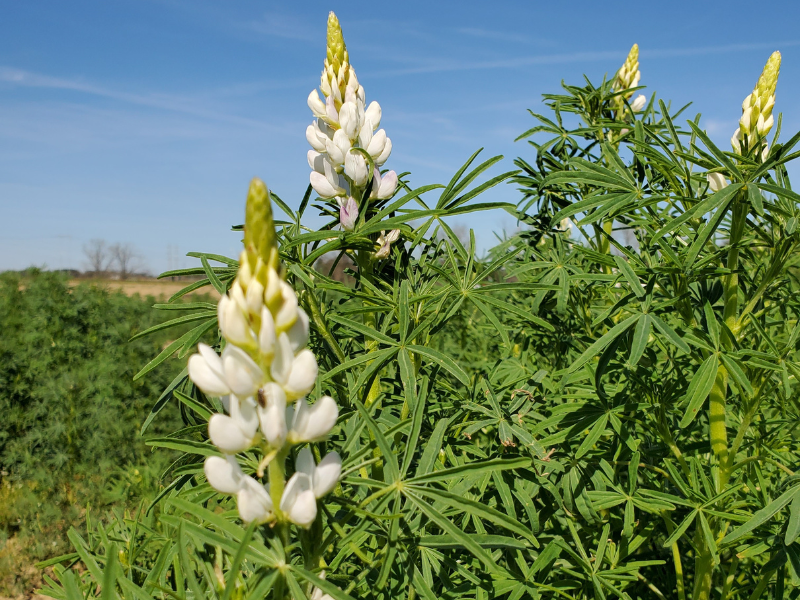
Lupin is a well-known garden flower, and is an important part of a healthy habitat. Lupin grows rapidly and puts nutrients back into the soil. (Lupin is commonly referred to as “lupine” for those familiar with this plant.)

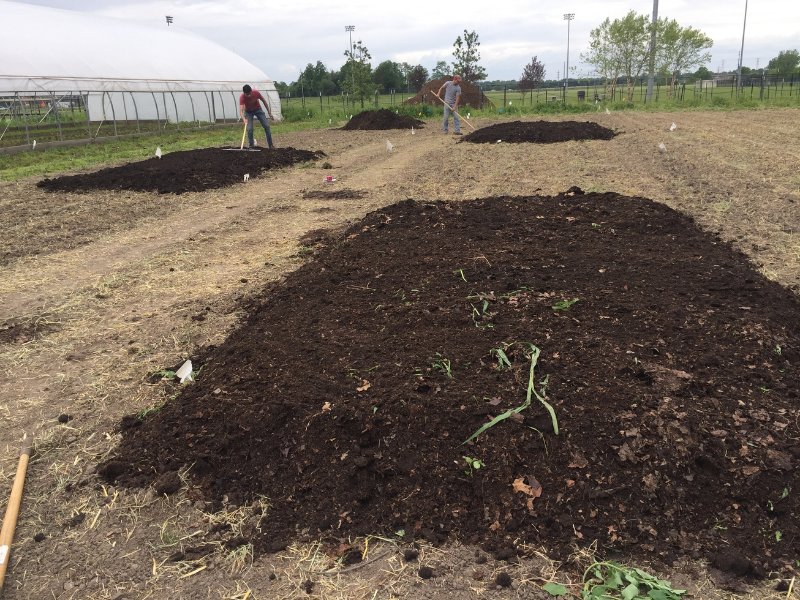
Many urban gardeners know that adding ingredients like compost and mulch to their soil has great benefits. But it can be difficult to know what to add and why. Researchers at Purdue University gathered scientific evidence about one specific soil addition, leaf mold compost, and how it benefits tomato plants.
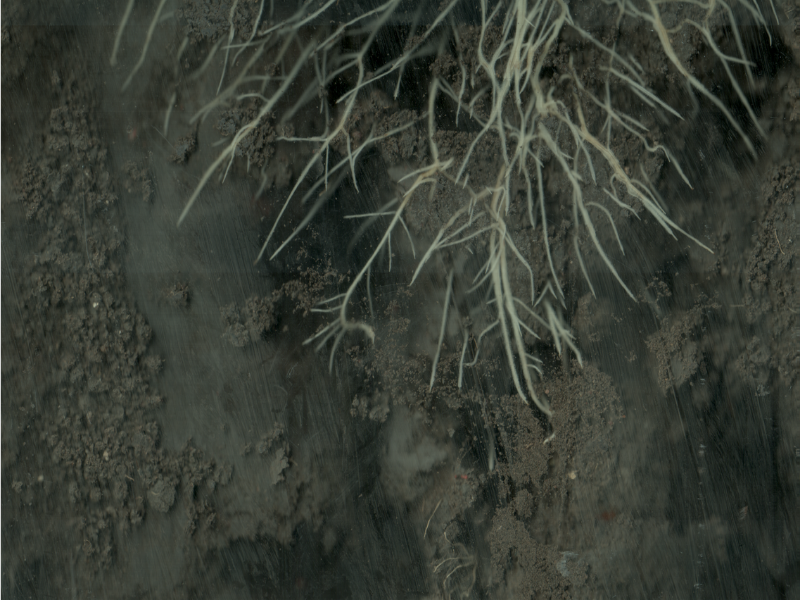
Underneath the surface, plant roots are hard at work. Roots, of course, are how plants get water and minerals from the soil. But digging into how different root systems affect crop yields has been challenging for researchers.
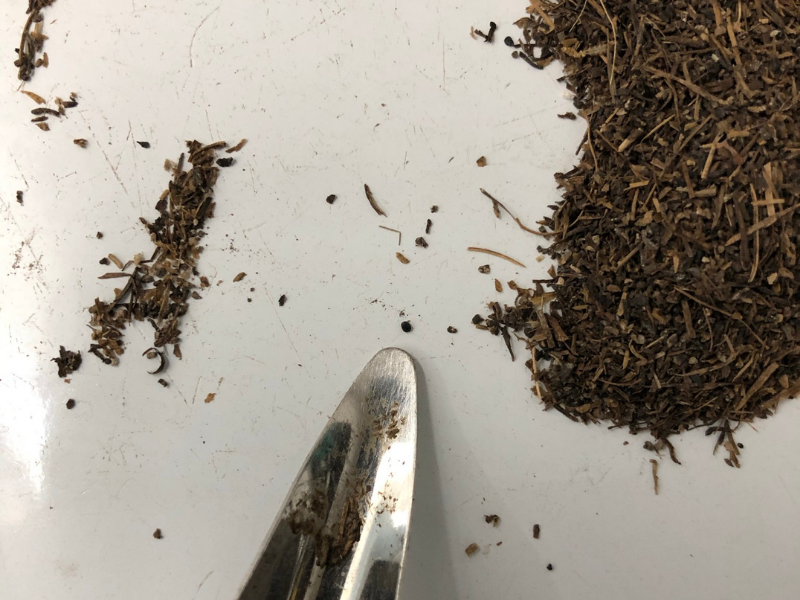
Not that long ago, weeds spread at a much slower rate. Seeds would spread to nearby soil and move perhaps a few feet each year or would be transplanted by birds who flew with them several miles away. In today’s interconnected world, though, weeds can hitch a ride on a truck, boat, or even an airplane. What once might’ve taken generations to spread weeds from one region to another now takes no time at all.
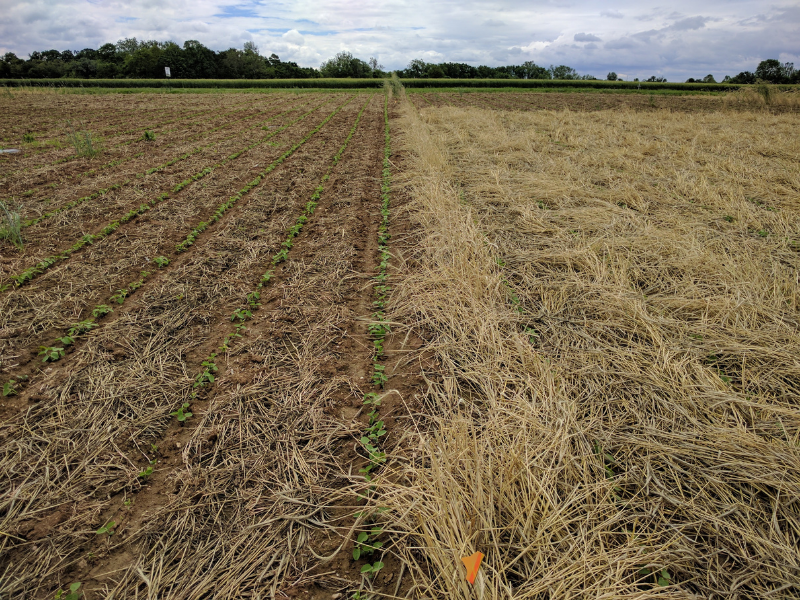
Planting cover crops is a beneficial agricultural practice. One of their many benefits is to cover soil for times when farmers cannot plant cash crops like corn and soy – over the winter, for example. But it is not as simple as just growing cover crops in between growing seasons. Farmers have multiple decisions to make about optimizing cover crop production.
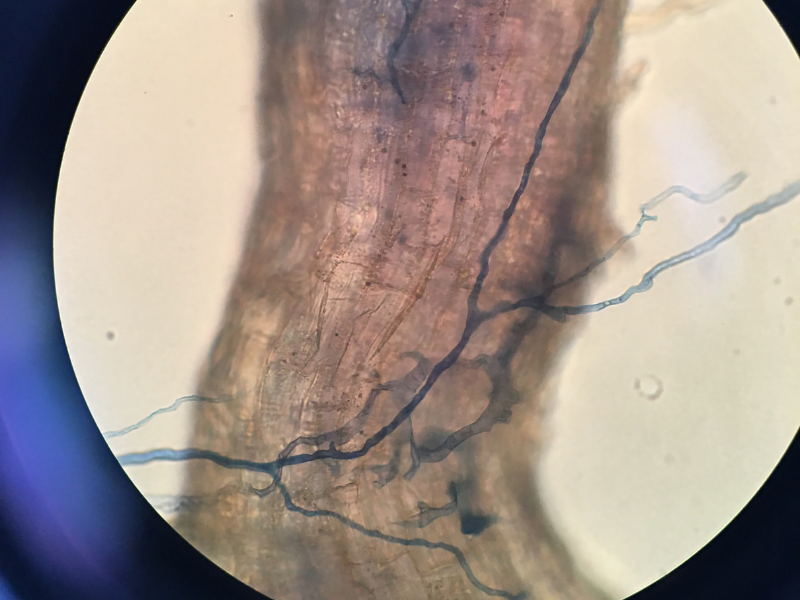
Spills and leaks of petroleum products wreak havoc on the environment. They can contaminate soils and pose significant threats to humans, animals, plants, and soil microbes. Cleaning up petroleum contamination can be energy and time-consuming, however, one of the fastest methods of decontaminating soils is called thermal desorption.
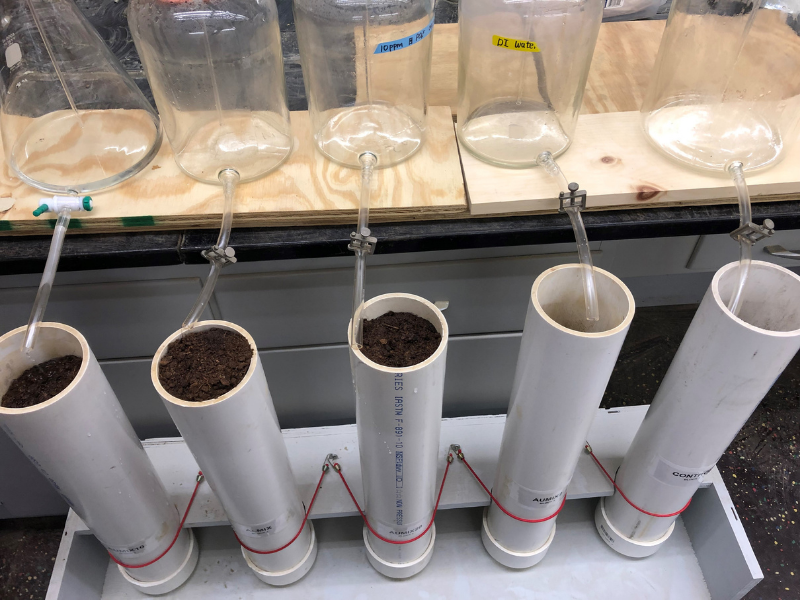
“When it rains, it pours.” This phrase is meant to mean that bad news comes in waves. Unfortunately, that’s true with real rain, too. While rain is usually welcome for various reasons, in developed area like cities and towns, it can produce a big problem: polluted runoff.

